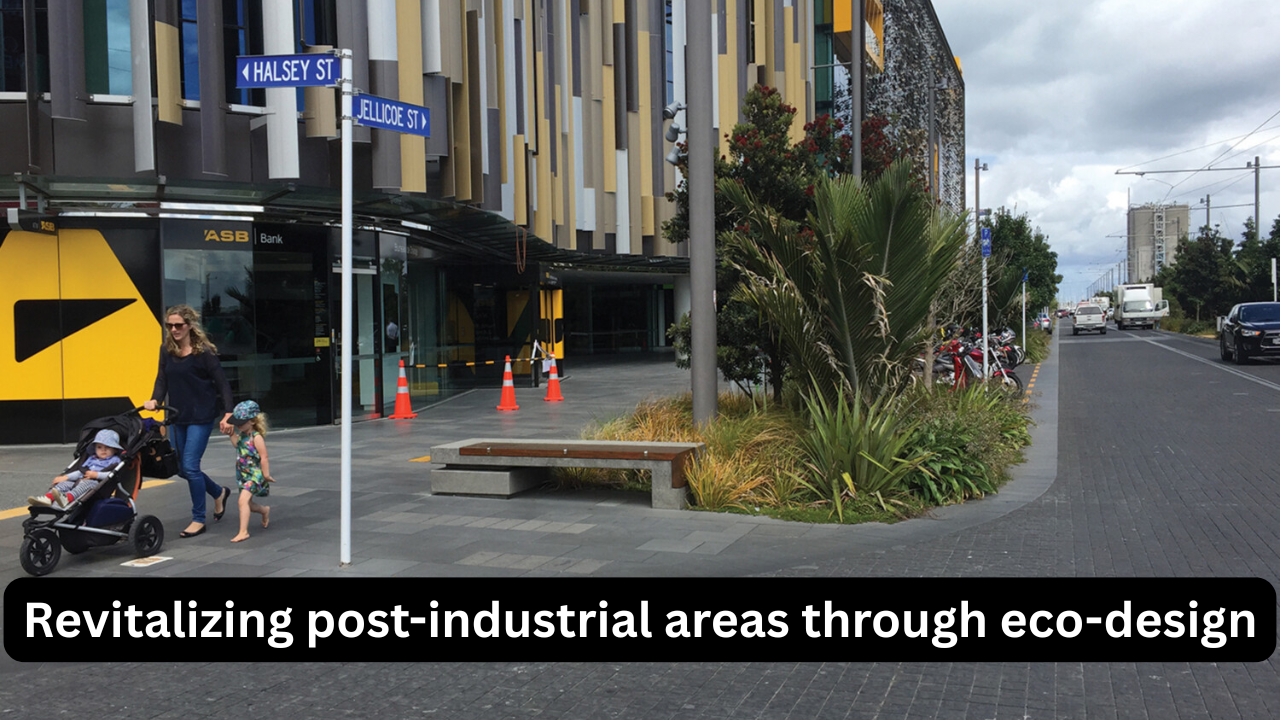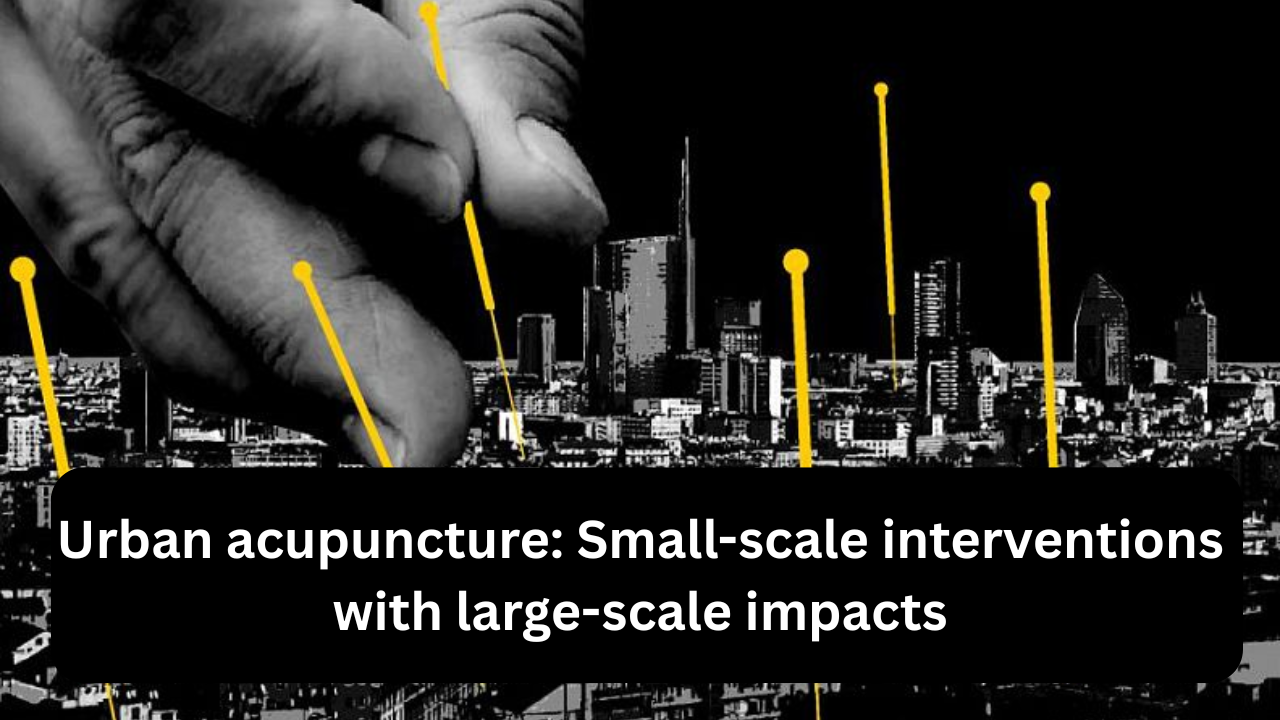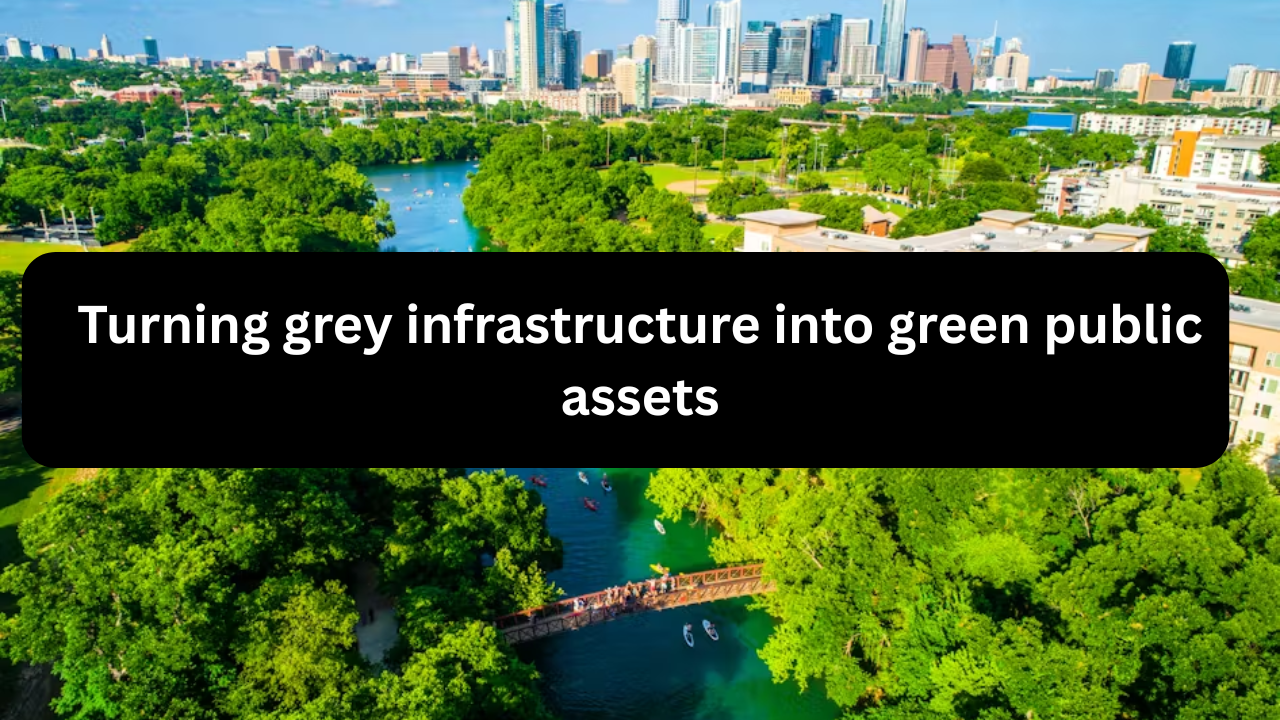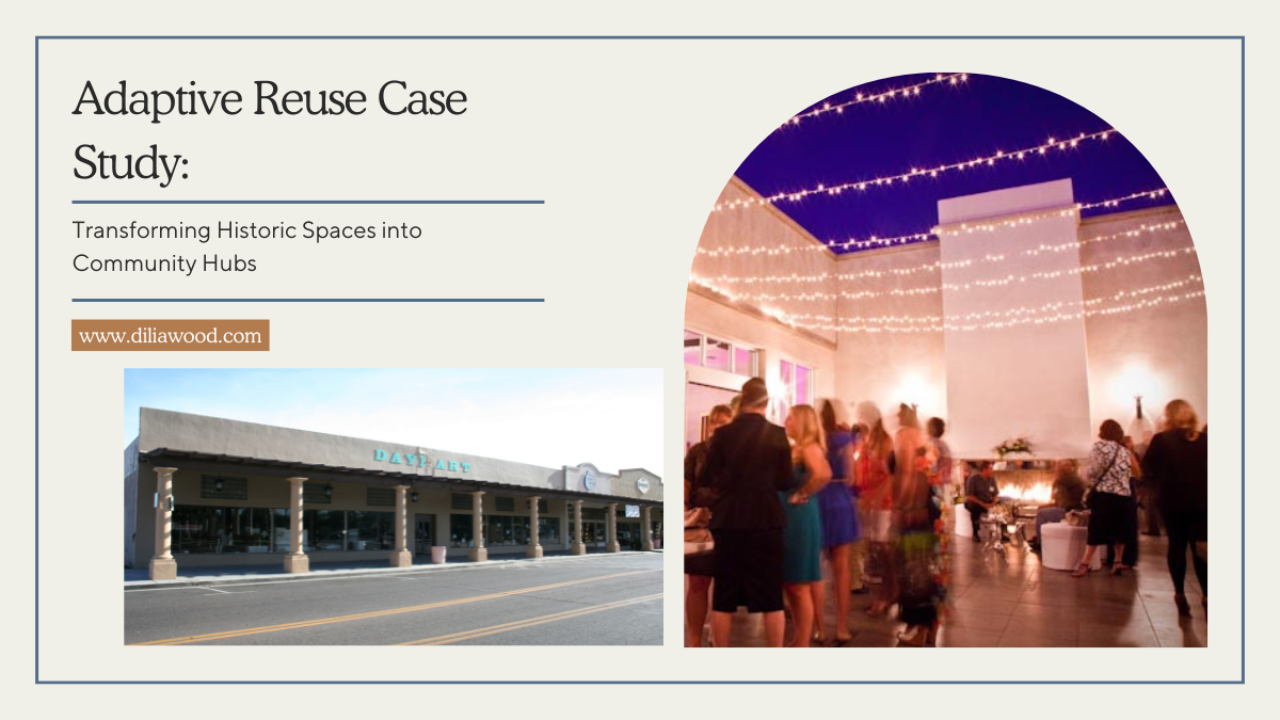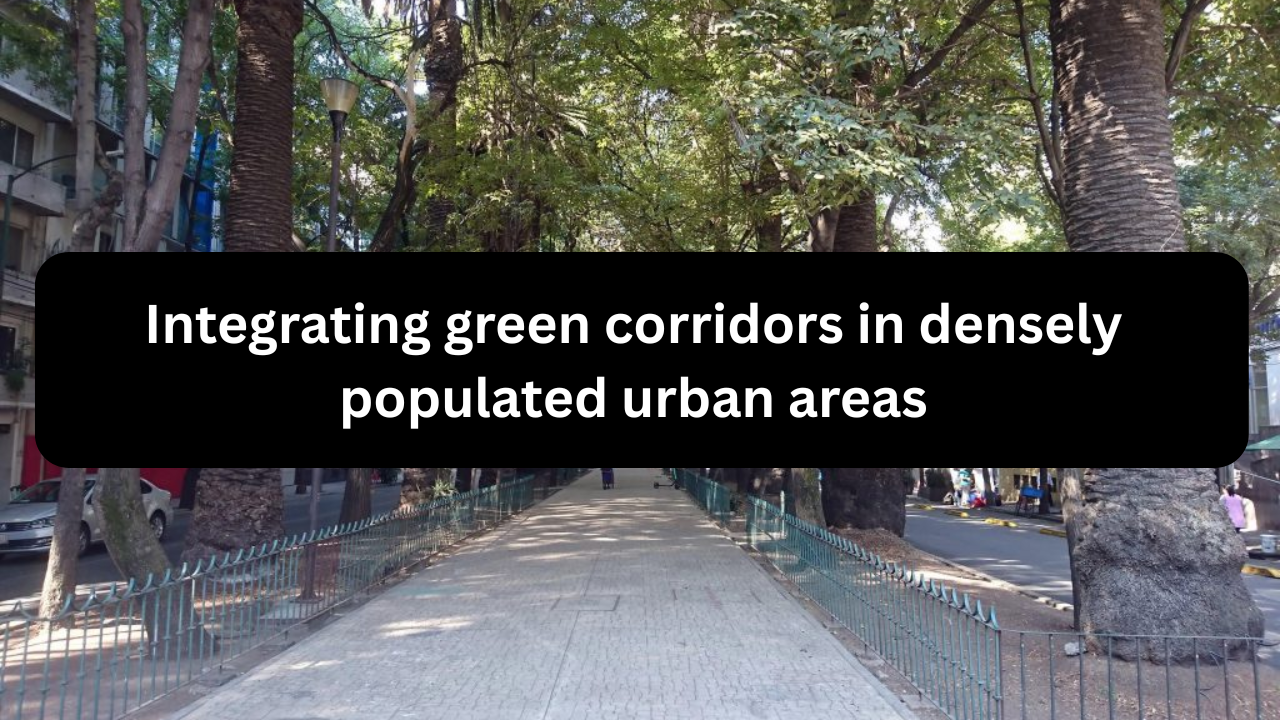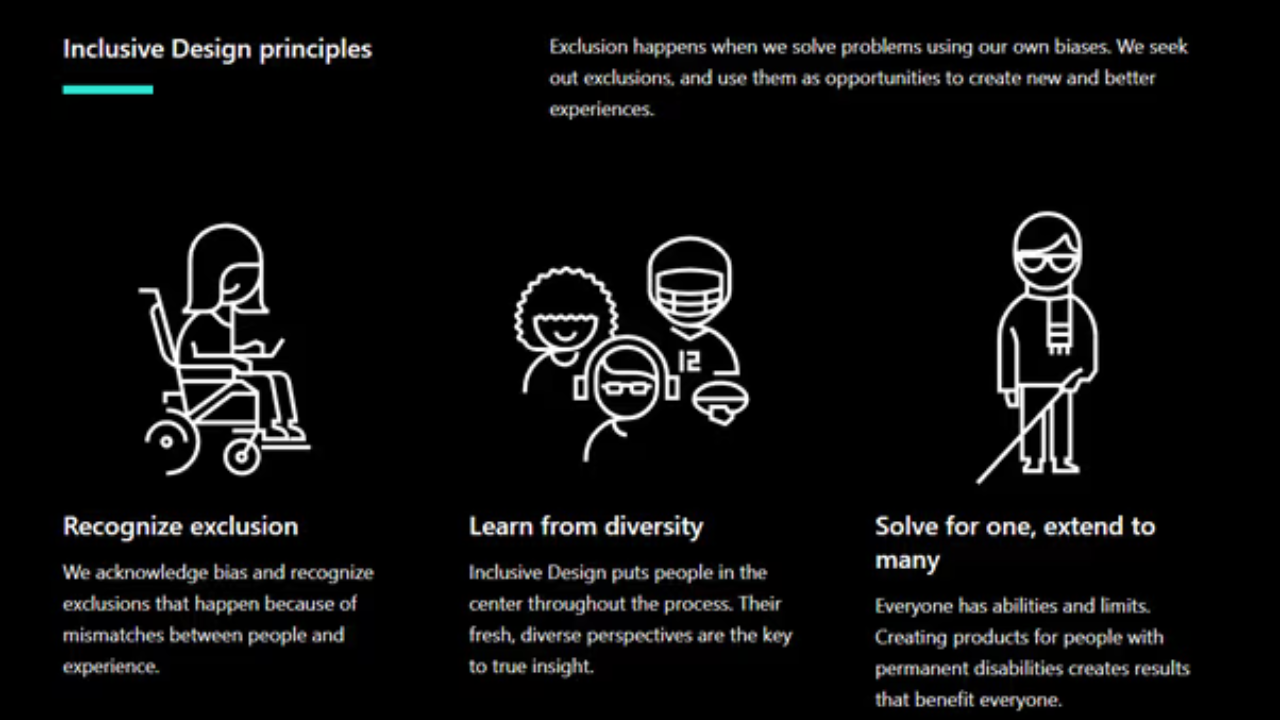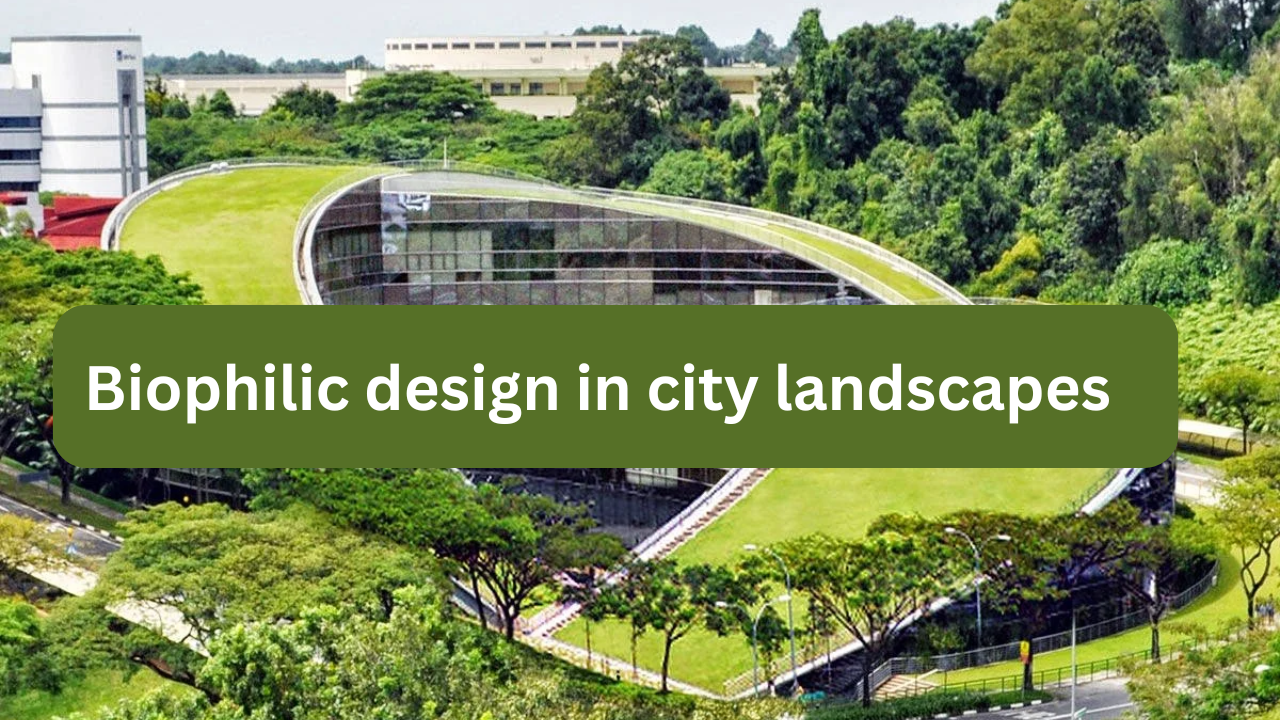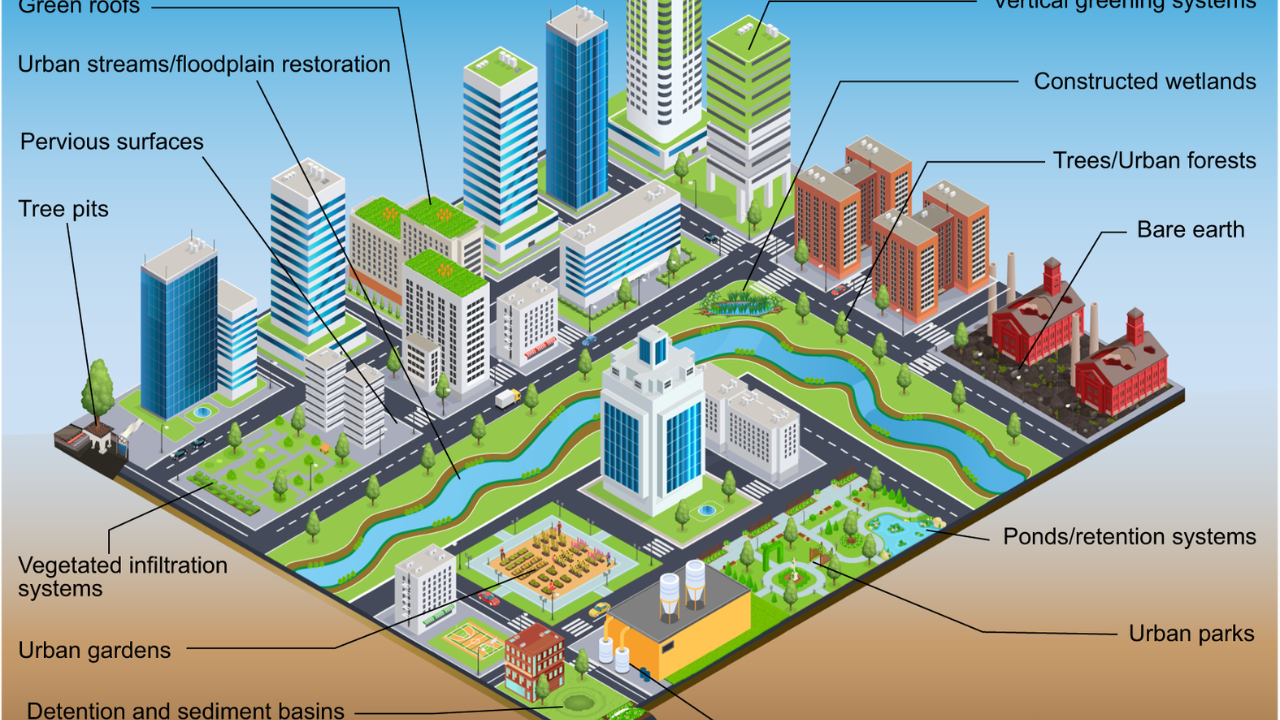Revitalizing post-industrial areas through eco-design
Introduction Post-industrial areas—once bustling hubs of manufacturing, mining, and heavy industry—often stand today as underused or abandoned zones marked by environmental degradation, economic decline, and social neglect. Revitalizing these spaces through eco-design not only restores their environmental health but also transforms them into vibrant, sustainable, and economically productive communities. Eco-design focuses on integrating ecological principles … Read more

